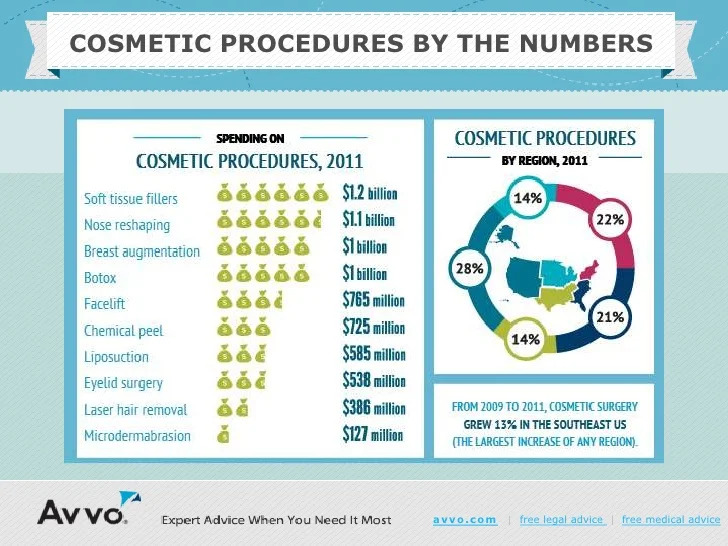What Is Hormonal Acne
What Is Hormonal Acne
Blog Article
Acne Therapy - What Are AHAs in Acne Therapy?
AHAs are a key ingredient for unclogging pore blockages and brightening acne-prone skin. They function by breaking down dead skin cell buildup to advertise more recent, fresher cells, and avoiding future clogs.
Developing topical AHAs demands thorough attention to various crucial variables that significantly impact their effectiveness and tolerability. Preserving the ideal pH array, in addition to vehicle selection and concentration, enhances their exfoliative qualities while minimizing possible damaging responses.
Glycolic acid
Glycolic acid is known for its mild yet efficient exfoliating buildings, which advertise skin's all-natural losing and loosen up the "glue" that holds dead cells on the surface of the skin. This helps unclog pores and reduce the appearance of fine lines and creases, in addition to boost total skin appearance and tone.
Surprisingly, topical glycolic acid has actually additionally been revealed to boost the manufacturing of collagen, which is critical in maintaining skin's firmness and elasticity. It is important to note, however, that because glycolic acid can stimulate the skin's sensitivity to sunlight, it is essential to wear sunscreen when using any products containing this ingredient.
Dermatologists pay careful attention to the formulation of items having AHAs in order to maximize their efficiency and tolerability. Creating AHAs with the ideal lorry, together with pH and focus considerations, enables ideal skin penetration while minimizing potential damaging responses. This is specifically vital for individuals with delicate skin, considering that AHAs are understood to be slightly irritating.
Lactic acid
Lactic acid is found in several non-prescription skin treatment items and some stronger professional peels and treatments. It has the most affordable molecular weight of all the AHAs and has the ability to permeate deeper into the skin, where it is extra reliable at unclogging pores and scrubing.
Like glycolic acid, it likewise stimulates collagen synthesis, which helps lessen great lines and creases and enhance skin texture. Additionally, it has moisture-retention properties, that makes it better for drier skin types than other AHAs.
The extensive body of professional information validating the efficacy of topical AHAs sustains their energy in a large range of dermatological afflictions and visual worries. These include detailed skin restoration procedures, attenuation of great skin care with deinoxanthin lines and creases, lightening of hyperpigmentation, restorative intervention for actinic keratosis, and acne monitoring [2] Enhancing the formulation of AHAs by stabilizing pH, concentration, and vehicle option additionally improves their therapeutic possibility. These cautious considerations make it possible for skin specialists to deliver secure and efficient treatments that give remarkable medical outcomes.
Mandelic acid
Mandelic acid, originated from almonds, is another participant of the AHA household and is a popular active ingredient in products that aid treat acne. Its larger molecular dimension implies it passes through the skin a lot more slowly and delicately, which can decrease the possibility for inflammation. It's also much less likely to cause inflammation and other skin level of sensitivity issues, making it ideal for sensitive skin kinds.
Mandelic Acid is thought to help in reducing inflammation and increase hydration. It works by loosening up the bonds between dead skin cells, permitting them to drop and disclose fresher-looking skin. It likewise helps reduce the look of enlarged pores.
Developing topical products with AHAs needs a precise equilibrium of key aspects that considerably influence their efficacy and tolerability. Specifically, the pH of an AHA formulation has actually been shown to play an important role in its capacity to promote peeling and enhance complexion and texture. Accomplishing this optimal concentration is a tough goal and calls for precise focus to the various aspects that impact the formula procedure.
Citric acid
Citric acid, discovered in citrus fruits such as oranges and lemons, is a light AHA. It's less annoying than glycolic or lactic acid, making it more suitable for sensitive skin. It additionally has astringent residential or commercial properties, aiding to dry out excess oil.
Like various other AHAs, citric acid can be made use of in chemical peels and daily active/maintenance therapies to exfoliate the skin and promote cell turn over. It can help reduce the appearance of dark places and hyperpigmentation, as well as fine face lines.
It can also boost the synthesis of glycosaminoglycans, which play an important function in reinforcing the skin barrier function. This aids to avert trans-epidermal water loss, and preserve optimum hydration levels in the skin [35]
AHAs can be integrated with calming ingredients such as ceramides or hyaluronic acid to enhance their tolerability. They can be included right into daily active/maintenance skin care via cream or lotion solutions. This permits specialists to customize their AHA therapies based on client demands and choices, with the flexibility of selecting from various therapy intensities or concentrations.